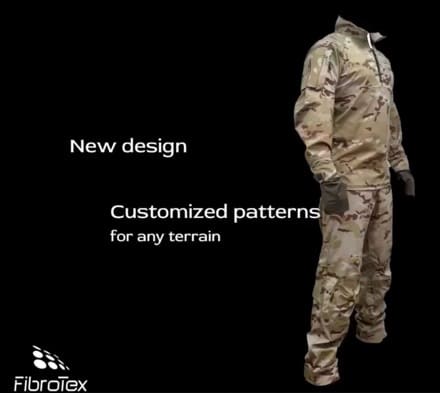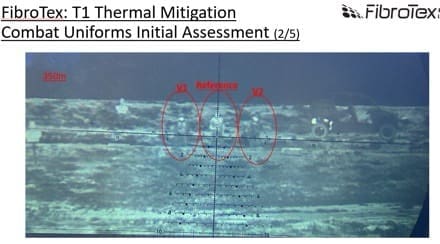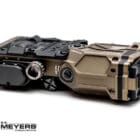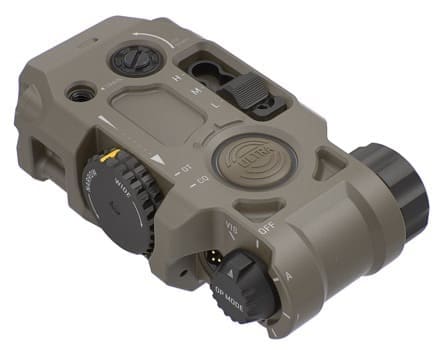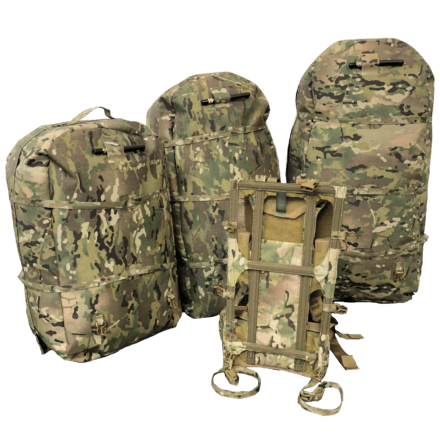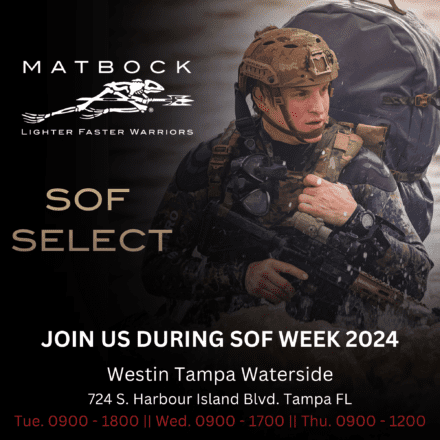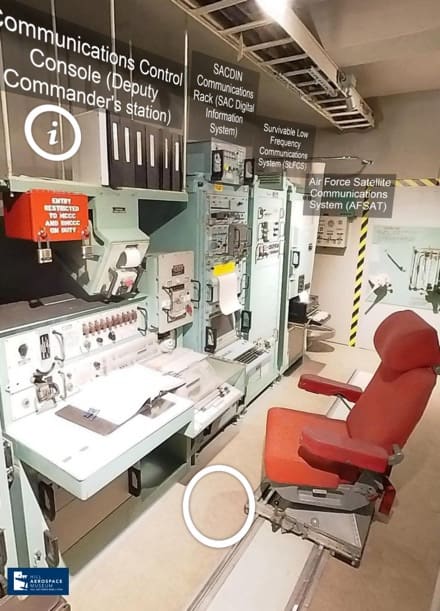May 5, 2024 (Redmond, WA) – B.E. Meyers & Co., Inc., a Defense Technology Manufacturer specializing in advanced photonic solutions for military, law enforcement, consumer, and aerospace applications worldwide, is proud to unveil the MILR™ MiniatureIntelligent Laser Rangefinder, which includes the world’s first ballistically disturbed infrared laser Fire Control System.
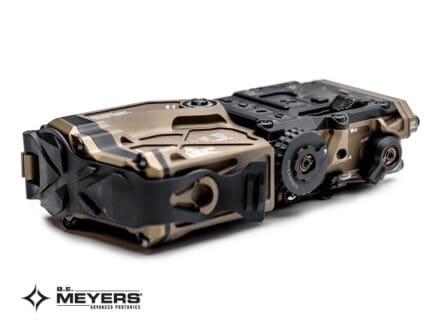
Based on a revolutionary new digital Vertical-Cavity, Surface Emitting Laser (VCSEL) diode core, the MILR™ supports the widest range of platforms and applications that allows for a singular, lightweight, and comprehensive solution for advancedranging, aiming, illuminating, and ballistic solutions. Optimized for machinegun use and fully feature capable for precision rifles as well as remote weapon stations, the MILR™ is the only device that enables full day and night ballistic capability from a weapons platform without the use of a clip-on night vision device.
Capability Development
To ensure a decisive advantage during night operations and increase survivability and lethality of the operator, a novel approach to range finding, infrared illumination, and targeting via a new fire control system was proposed by B.E. Meyers & Co. The MILR™Miniature Intelligent Laser Rangefinder is a Class 3B/3R combination high-power infrared aiming and illumination device with visible pointer, as well as range-finding ballistic computer (via the Applied Ballistics™ integrated software) that can both provide holds on-screen for use with a day-optic or actively declinate the disturbed infrared aiming laser for ballistic compensation when using head-borne night vision devices.
A new laser-based variable divergence illuminator provides ideal beam clarity over an extended application range while also decreasing response times in near and mid-range engagements. The system is designed for combat environmental criteria to include immersion, recoil, and thermal shock, while maintaining position stability and system functionality.
Technology and Design
The technology and functionality behind the MILR™ have been in development for the last several years and support a design concept which allows for complete digital manipulation of all key system controls, to include power, divergence, VIS/IR, ranging,mode/function, and more. As the power and divergence controls on the MILR™ are completely digital there is no optical ormechanical movement within the system apart from azimuth and elevation boresight controls. Divergence and power are synchronized for best pointing and illumination effect and are continually and instantly at the operator’s discretion through the onboard control configurations.

The design and functionality of MILR™ is based on its ability to achieve digital laser movement within the system, specifically theinfrared pointer, which internally declinates to create a ballistic solution for the shooter while under NVGs. The introduction of this first Disturbed Infrared Aiming Laser (DIAL™) capability allows for true day-to-night extended-range overmatch for weapons platforms traditionally limited in effectiveness during night engagements. Additionally, the MILR™ uses a step-through ballistic setup interface that provides ballistic computer capability to user groupsnot previously trained to use a ballistic solver data, while retaining compatibility for traditional long-form profile setups.
Platforms and Applications
The versatility and ruggedness of the MILR™ design lends itself for use on most individual weapon systems, precision rifle platforms,crew-served weapon systems, and remote weapon stations as well as other integrated solutions. Additionally, MILR™ seamlessly communicates with Kestrel Instruments® wind and weather meters for expeditious host-weapon data download. Our Disturbed Infrared Aiming Laser (DIAL™) technology is collaboratively partnered with Applied Ballistics™, Bluetooth™, and Unity™ Tactical, providing a revolutionary technical concept in a rugged, ergonomic, lightweight, and combat-capable device.
Features and Specifications
By orchestrating these best-in-class features and combining them with our next generation VCSEL core, the technological versatility inherent in MILR™ allows for an exceptionally enhanced multi-platform visible/infrared aiming and illumination laser solution. The MILK™ series of laser rangefinders truly create a new category of fire control systems, and like all B.E. Meyers & Co. products, are proudly Made in the USA.
Interim specifications can be found here: bemeyers.com/MILR
Options and Availability
The MILR™ series of laser systems will be available in either green or red visible wavelengths, and color options of black and flat dark earth, as well as custom configurations for certain orders. MILR™ is scheduled for multi-market production release in 2025 via select B.E. Meyers & Co., Inc. registered resellers in the US and internationally. Market competitive pricing and additional details will be announced in advance of release.
For more information on MILR™ and other innovative laser solutions from B.E. Meyers & Co., please visit bemeyers.com/MILR or connect with us at info@bemeyers.com.
